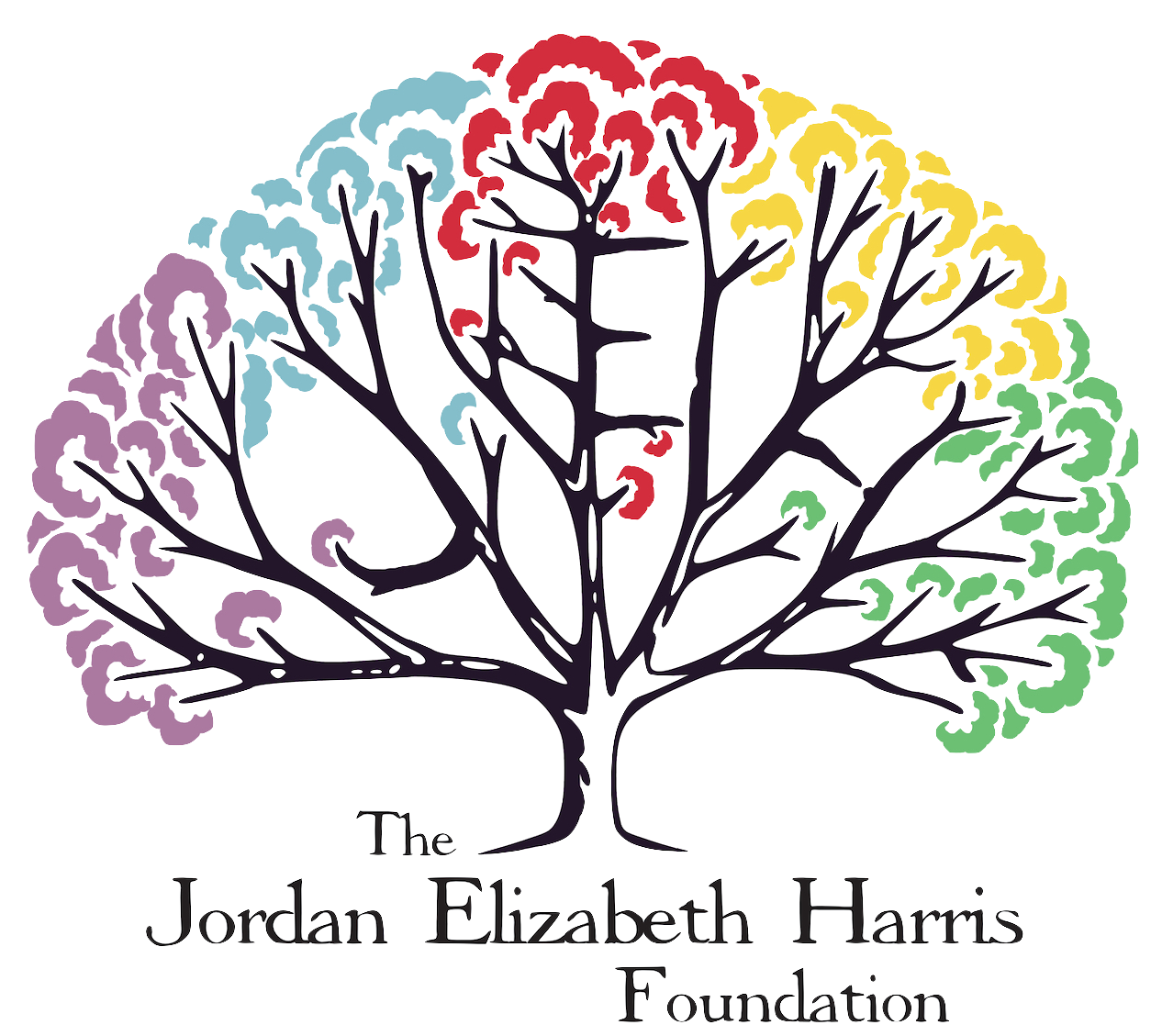We all hear various statistics about suicide and mental health being disseminated “out there” on a regular basis. In fact, we hear them sometimes too often to the point where we have grown callous to them or have tuned them out. The shock of the number can be too much to bear at times, until the number hits too close to home.
The Tarrant County Medical Examiner’s Office reported 268 suicides in 2020, with 25 of those deaths attributed to children 18 and under, with another 33 listed as undetermined. While one child’s death is one too many, imagine if it were your child, a niece, a nephew, or your child’s friend and think about the heartache.
Over the counter (OTC) and prescription medications are often the vehicle in which pediatric suicide attempts are accomplished. We associate over the counter medications with relieving headaches, fevers, and muscle aches, and so we store them in easily accessible places like our kitchen and bathroom cabinets, where they sit unlocked and ready for use in the event that they are needed. But too many ingested at one time can have devastating and deadly results.
Let’s be honest, our world has been seemingly more stressful and scarier since the proliferation of COVID 19. The associated mental stressors and challenges of day-to-day life living with the virus has exacerbated fear and anxiety. Suicide prevention and education regarding access to lethal means is needed in our communities more now than ever. Many children feel isolated and lonely, longing for their normal school routine, seeing friends in person, and participating in extracurricular activities. For many more children, being at home is not necessarily a safe place. Unsecured medications in the hands of depressed and suicidal youth provide access and opportunity. This not only includes prescription medications, but over the counter (OTC) drugs as well. The Consumer Healthcare Products Association reports that an American household spends an average of $338 per year on the OTC medications and make an average of 26 trips to the 750,000 available retail outlets selling OTC products to purchase these items. When following directions and taken properly, OTC drugs are generally harmless. With this mindset, many adults are not aware or concerned that these medications can cause great harm and even death in children when taken in large quantities.
For both males and females, suicide by poisoning is the leading cause of suicide attempts and the third leading cause of suicide in adolescents, with higher rates in females for both attempts and suicides . In children less than 19 years of age, the annual number of suicide attempts by self-poisoning doubled from 2000 to 2018, from 39,367 to 78,474 in a study using the National Poison Data System. More than 90% of the cases involved pharmaceuticals, the study found. Two of the substances most often used among all age groups were over-the-counter painkillers and prescription antidepressants which, combined, made up more than one-third of the suicide attempts involving poison. Another study using the same data set and source found that 549,807 suicide-related incidents involving OTC painkillers between 2000 and 2018 increased by 33.5% over that time period, according to a study conducted by Nationwide Childrens Hospital in Columbus, Ohio . Children and teens ages 6 to 19 accounted for half of the cases and females represented nearly 75% of all case.
So, now what?
The Jordan Elizabeth Harris Foundation has rolled out a new public awareness initiative called KAMS: Keep All Meds Secure. KAMS will encourage parents and caregivers to commit to securing both prescription and over the counter (OTC) medications in the home, and to learning more about suicide and mental health awareness. To participate in the KAMS initiative, parents, guardians, grandparents, caregivers, and other stakeholders can visit our KAMS web page, which will provide them with the opportunity to learn about the KAMS initiative, read about the lethality of OTC drugs as they pertain to youth suicide by poisoning, and respond to an invitation to join the movement by signing a pledge to secure and lock up medication. There will be an opportunity for pledgers to sign up to attend a free, one-hour Question, Persuade, Refer (QPR) suicide prevention training, an evidence-based training that teaches simple steps to save a life from suicide. The first 100 households to sign the pledge and attend a QPR training will be given a LOCKMED medication lock box, 25 of which were donated by Cook Children’s Center for Children’s Health Safe Kids. Media will be notified and able to view pledgers picking up their boxes.
Please join us in locking up OTC and prescription medications in your home. Take the pledge. Attend our KAMS QPR on September 23rd or October 7th. Get a free lockbox and let’s help eradicate suicide.


